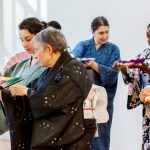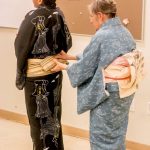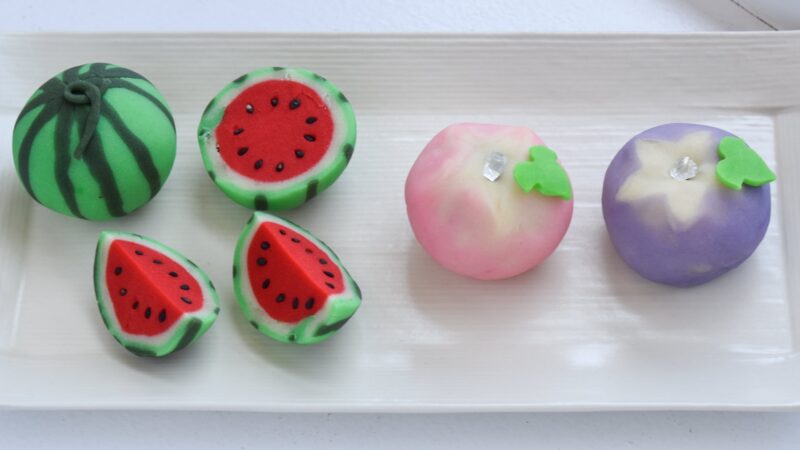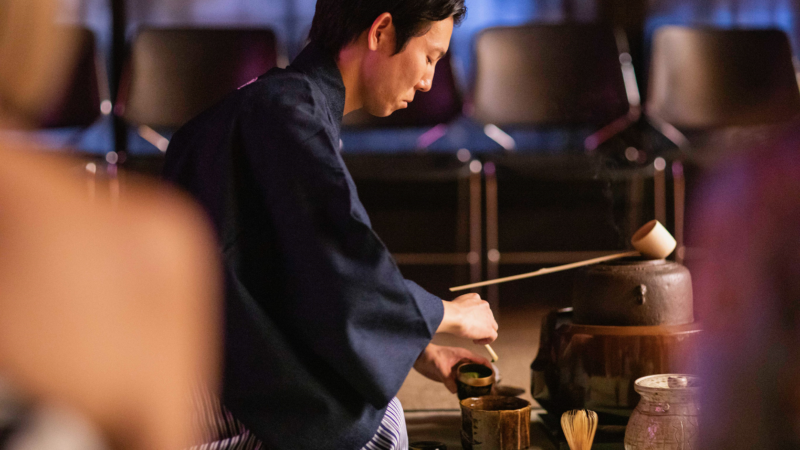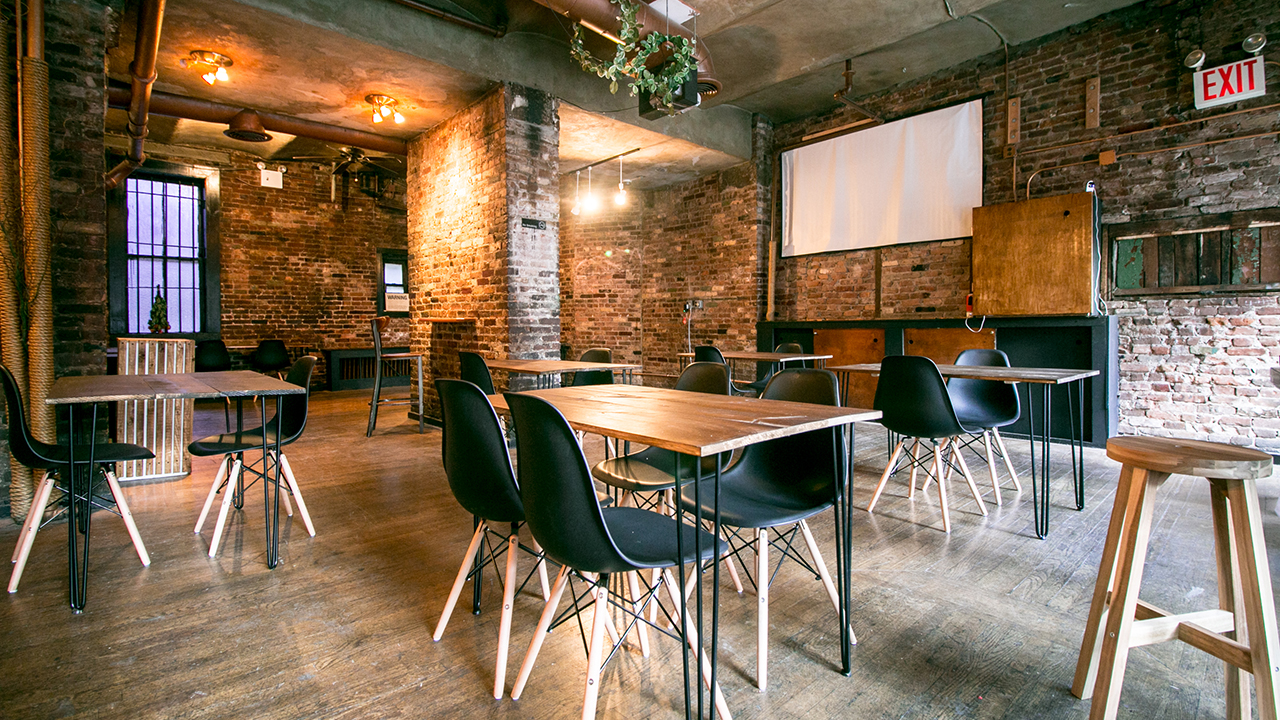What is Nihonbuyo?
Japanese classical dance was born about 1603, along with the first performances of Kabuki Theatre. In Japanese, it is also called Nihon buyō (日本舞踊) or nichibu (日舞). Even today, all Kabuki actors must first learn to dance. You can study this style of dance in New York, too, even if you are not Japanese.
In Japanese classical dance, the dancer interprets the poetry being sung in addition to dancing along with the music. For instance, if the words of the song say, “It was a very hot day,” the dancer might fan herself to show how hot it is, or if the words refer to a gentle breeze, the dancer’s movements themselves could become the cool breeze. Sometimes the dancer moves or stamps rhythmically to the music, too.
A fan (osensu) helps interpret the poetry by representing many things and illustrating many moods. Fans can be used completely closed, with one rib open, or fully opened.The kimono can be either leotard or costume; even its sleeves are used as part of dance. Myriad small hand props, such as an umbrella (kasa) or hand towel (tenugui), enhance the poetic meaning and the beauty of the scene.
Any dancer can successfully dance the part of a male or female character, since men and women customarily study both male and female styles. Male style is very open, with all energy directed outward – the feet are turned out, and the elbows are held out and away from the body to suggest masculinity and strength. Female style is just the opposite, but equally strong — the feet are turned slightly inward with knees held closely together, arms carried closer to the body, and the movements themselves are smaller, softer, and more feminine.
There are many styles or schools of Japanese classical dance. The style of dance taught at (Resobox or Japanese Cultural Center in New York) is the elegant Sōke Fujima style.
Gallery
About Instructor
Helen Moss
Helen Moss (Fujima Nishiki-no 藤間錦乃) teaches and performs Japanese classical dance in the elegant Soke Fujima style.
As a “spokesdancer,” she has given workshops and lecture demonstrations to introduce people of all ages to the beauty of dance and Japanese culture throughout the New York area, recently leading an artist-in-residency series of workshops at Lafayette College in Pennsylvania.
Ms. Moss writes and performs concert narration explaining the dances to increase the audience’s understanding and enjoyment. A classically-trained violinist/violist, she has a unique approach to teaching Japanese dance musically to non-Japanese students, enabling them to better interpret the dance.
Ms. Moss is the founding Secretary and one of the instructors with IchiFuji-kai Dance Association, a multicultural non-profit organization representing the Soke Fujima style in the greater New York City area.

